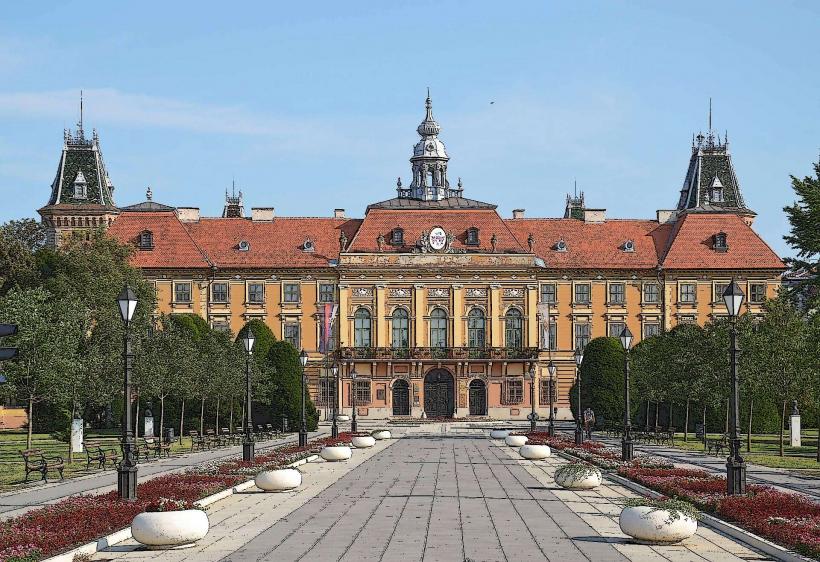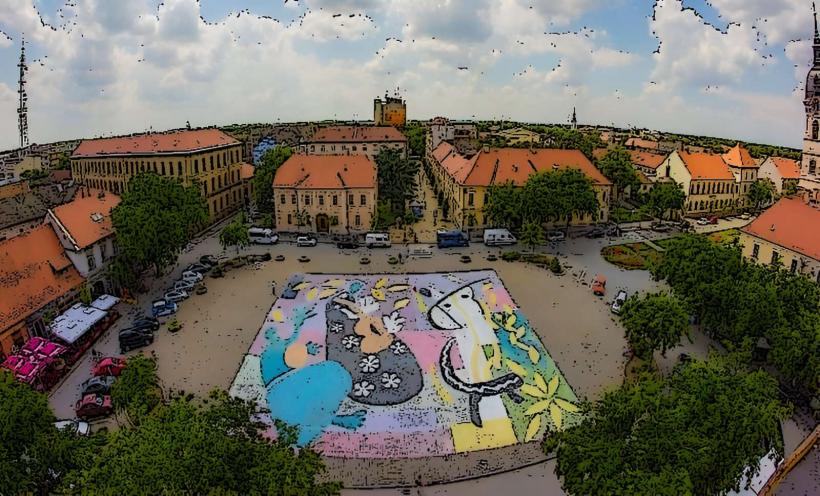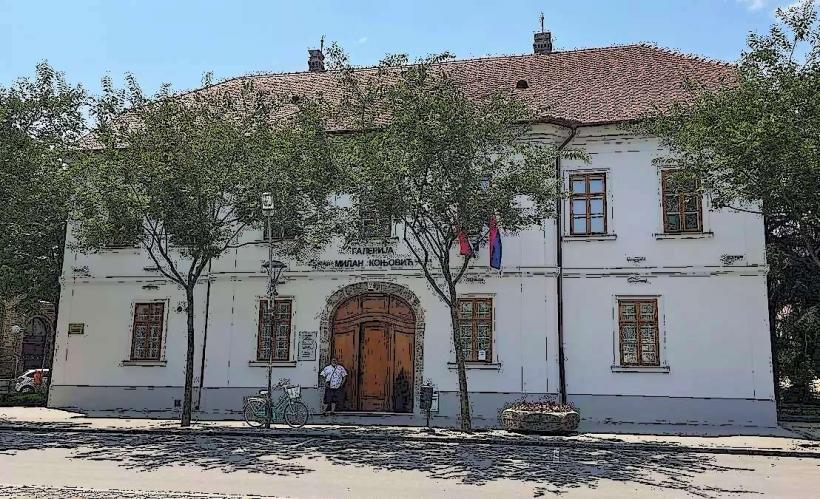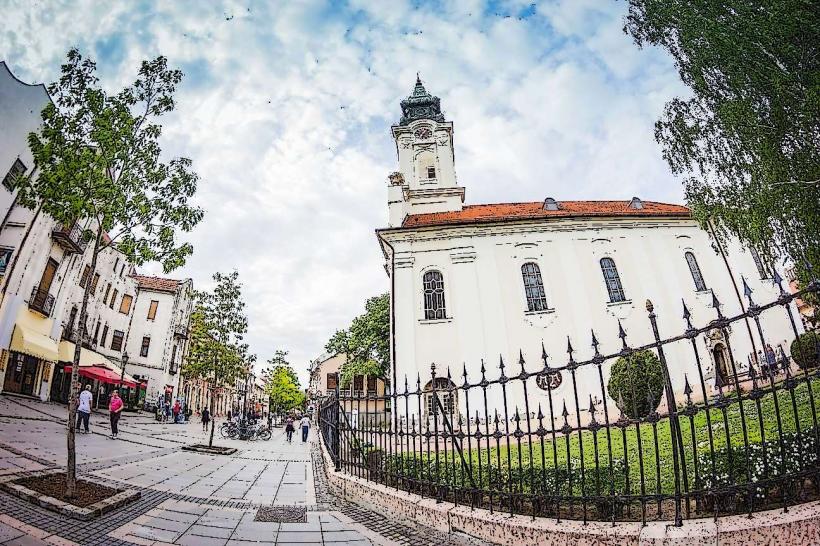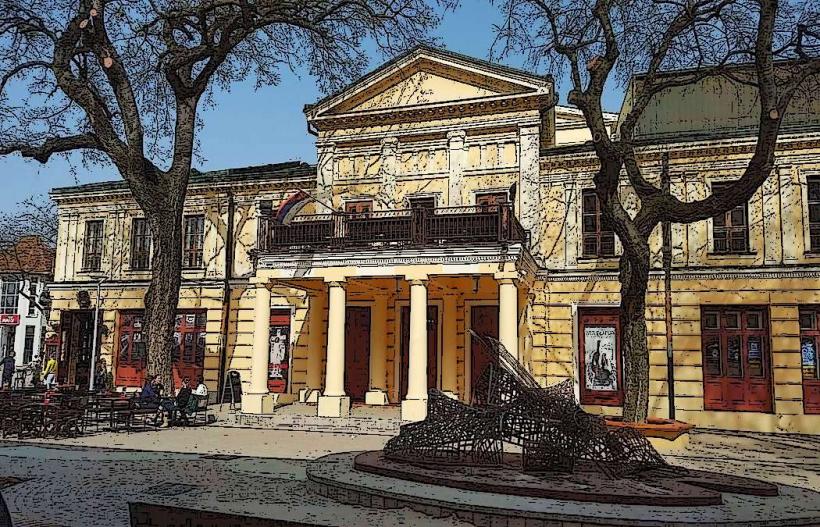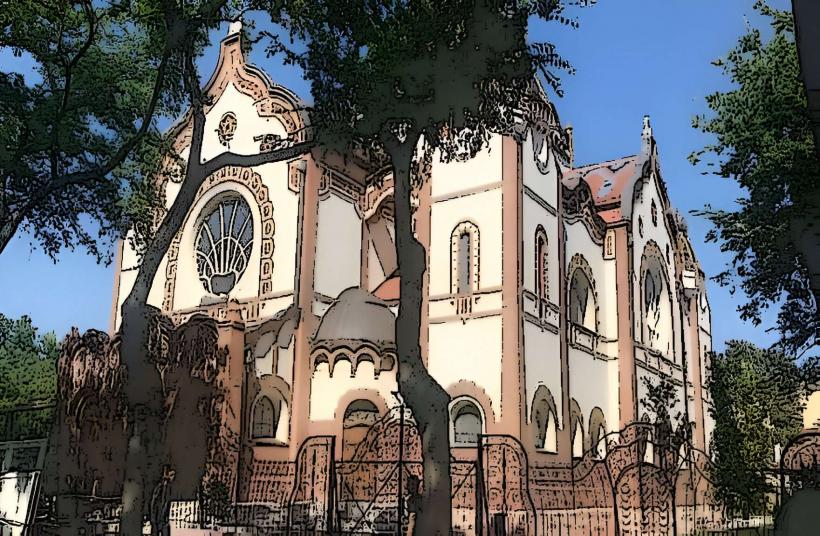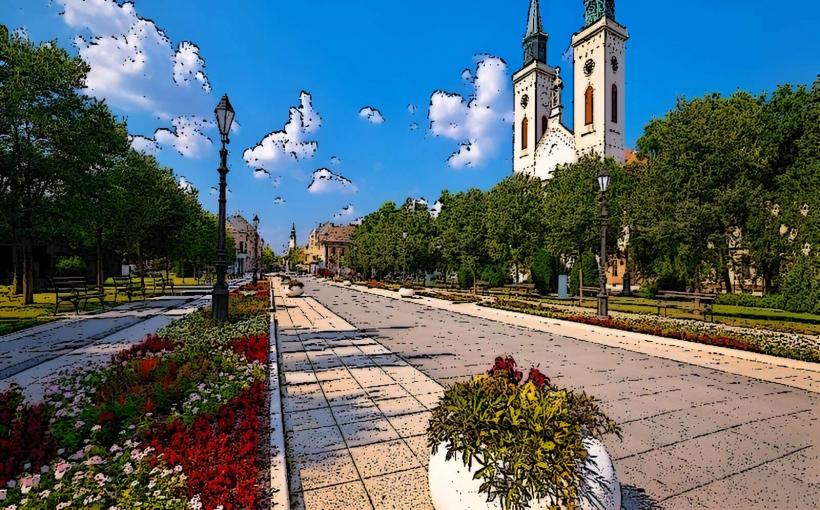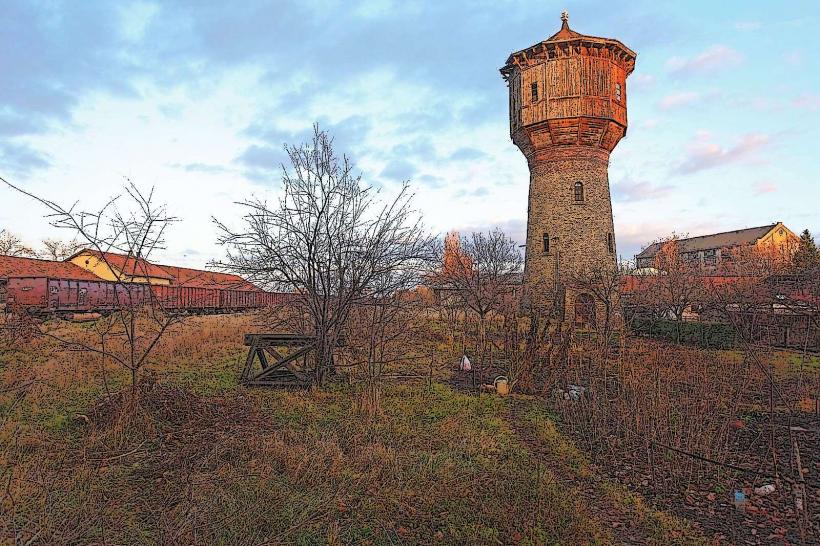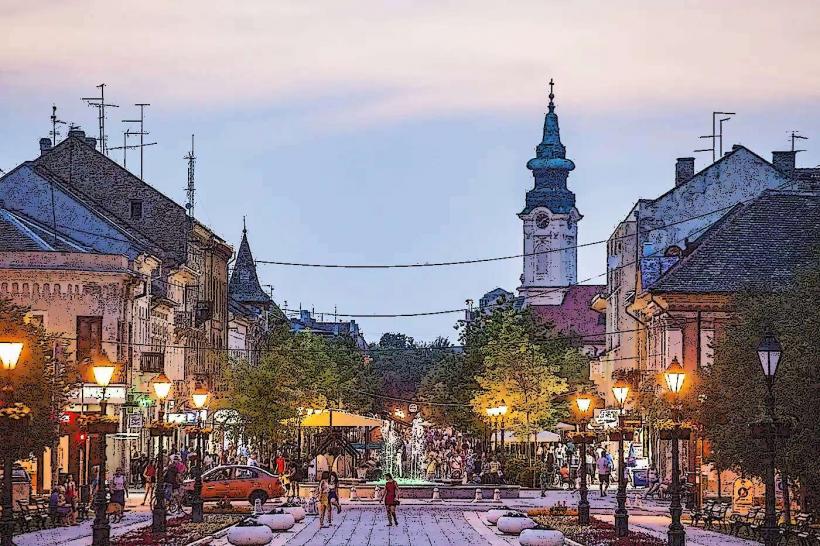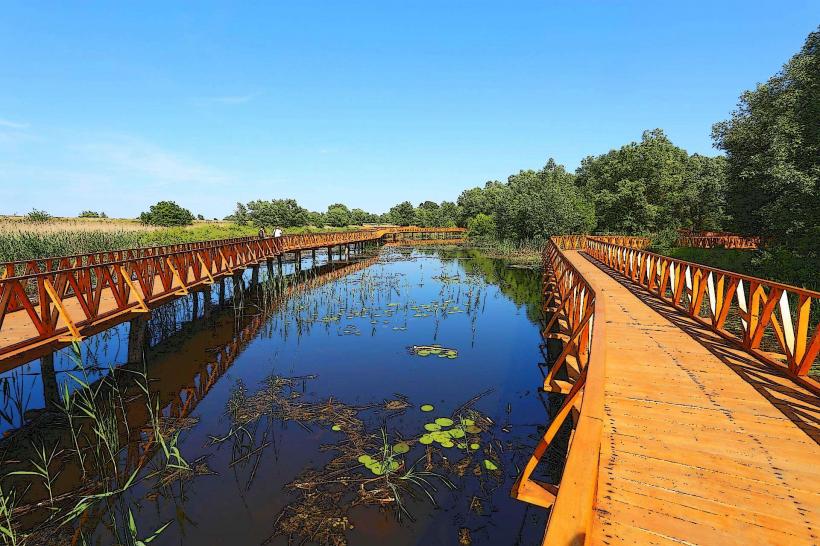Information
Landmark: Bishop's PalaceCity: Sombor
Country: Serbia
Continent: Europe
The Bishop’s Palace (Biskupska palata) in Sombor, Serbia, is a historic and architecturally significant building that serves as the residence of the Roman Catholic bishop of the Diocese of Sombor. It is one of the key landmarks in the town and holds cultural, historical, and religious significance for the region.
History
The Bishop’s Palace was built in the 18th century, during a time when the Catholic Church was an influential institution in the region, which was part of the Austro-Hungarian Empire at the time. The palace has served as the official residence for the bishops of the Diocese of Sombor, overseeing both religious affairs and the well-being of the Catholic community in the region.
The Diocese of Sombor itself was founded in 1773 and has since been an important center of Catholic life in Vojvodina. The Bishop’s Palace reflects the Catholic Church’s prominence in the area and its role in the development of the town. Over the years, the building has undergone several modifications and restorations, adapting to the needs of the church and preserving its architectural integrity.
Architectural Features
The Bishop’s Palace is a fine example of Baroque architecture, reflecting the artistic style that dominated the Austro-Hungarian Empire during the time of its construction. Some of the key architectural features of the palace include:
Facade: The exterior of the palace is characterized by a symmetrical design, typical of Baroque architecture. The facade features large windows, arched doorways, and decorative elements that provide the building with an air of elegance and grandeur. The use of stone and stucco materials gives the palace a solid, imposing appearance.
Portico: The entrance to the palace is marked by a portico with columns supporting a triangular pediment. This classical element is common in Baroque and Neoclassical architecture, symbolizing the importance and dignity of the building.
Interior: Inside, the palace is designed to be functional as a bishop's residence, yet retains a certain level of elegance. The rooms feature high ceilings, ornate woodwork, and decorative touches that reflect the wealth and importance of the Catholic Church in the region.
Garden: The palace is surrounded by a well-maintained garden, which provides a peaceful and serene environment. The gardens and grounds also reflect the Baroque principles of landscape design, with symmetrical paths and green spaces.
Cultural and Religious Importance
The Bishop’s Palace is not only a residence for the bishop but also plays an important role in the religious and cultural life of Sombor and the surrounding region. It is the center of Catholic religious activity in the area and hosts numerous events throughout the year, including:
Religious Services: The bishop conducts important religious ceremonies and events, including ordinations and special masses, at the palace.
Pastoral Care: The palace serves as the headquarters for the bishop’s administration of the Diocese of Sombor, which oversees Catholic parishes and activities in the region.
Cultural Events: The Bishop’s Palace also functions as a venue for various cultural events organized by the church, such as concerts, art exhibitions, and lectures. These events often reflect the rich cultural heritage of the region and the Catholic Church’s influence on the arts.
Preservation and Modern Use
Today, the Bishop’s Palace remains an important symbol of the Catholic presence in Sombor and the surrounding areas. It continues to serve as the residence of the Catholic bishop, while also being involved in various religious and cultural activities.
The palace has been preserved and protected as part of the town’s historical and architectural heritage. Given its significant role in the history of Sombor, the Bishop’s Palace is an important landmark for both locals and visitors interested in the cultural history and architecture of the region.
Conclusion
The Bishop’s Palace in Sombor is a Baroque architectural masterpiece that reflects the historical and religious significance of the Catholic Church in the region. With its elegant design, impressive facade, and serene gardens, it continues to be an important cultural and religious institution in Sombor. For visitors interested in learning more about the town’s history, religious heritage, and architectural beauty, the Bishop’s Palace is a must-see landmark.

